Earthmonk’s Guide to Hellgramites and Dobsonflies
TEMJ 20848 - An Earthmonk’s mystical journey along the Housatonic River, revealing the transformative secrets, primal power, and spiritual bridges woven into the lives of hellgramites and dobsonflies.
Greetings Fellow Earthmonk
Welcome, wanderer, to the banks of the great Housatonic River, where the waters sing secrets older than the hills. I am the Earthmonk, your guide to the wild heart of this place, a keeper of stories woven from stone, stream, and sky. You’ve come to these Berkshire shores, perhaps new to the language of nature, seeking something deeper than the clamor of the everyday. Let me introduce you to two of the river’s most mystical inhabitants: the hellgramite and its winged kin, the dobsonfly. Through their lives, we’ll explore transformation, primal power, and the bridge between worlds, drawing on their folklore, myths, and the quiet science of their being. Come, kneel by the Housatonic’s riffles, and let’s begin.
The River’s Alchemy
Picture the Housatonic, its waters carving through limestone and granite, a ribbon of life winding from the Berkshires to Long Island Sound. Beneath its surface, in the gravelly riffles near Falls Village or the shaded pools by Cornwall, thrives the hellgramite, the larval form of the dobsonfly (family Corydalidae). For up to three years, this creature—dark, armored, no longer than your thumb—rules the riverbed. Its mandibles snap at soft-bodied prey, while abdominal gills sip oxygen from the current. It’s an apex predator born of water, a guardian of the Housatonic’s depths.
But the river is a crucible, and the hellgramite is destined for change. When the time comes, it crawls ashore, perhaps under a willow’s roots along the riverbank, and spins a silken cocoon. Weeks later, it emerges as a dobsonfly, wings like mist, antennae trailing like whispers. The male’s mandibles, long as a stag’s antlers, gleam in the moonlight over Kent Falls. This metamorphosis is a sacred act, a shedding of the old to embrace the new. Entomologically, it’s a straightforward shift for a holometabolous insect, yet here, in the Housatonic’s embrace, it feels like the river itself has wrought a spell.
In the lore of this land, transformation is a constant refrain. The Schaghticoke people, who once stewarded these waters, saw the river as a living entity, its creatures carrying messages of renewal. While hellgramites lack specific tales, insects that shift forms—like the butterflies of Algonquian stories—often symbolize rebirth. The dobsonfly’s flight from water to air echoes myths of spirits rising from the river, akin to the dragonflies once called “snake doctors” in New England folklore, thought to serve ancient serpents.
As you, newcomer, stand by the Housatonic, consider your own transformations. What old skin might you shed to soar, guided by the river’s wisdom?
The Fierce Heart of the Small
Dip your hand into the Housatonic’s shallows—carefully now—and you might glimpse the hellgramite’s primal power. This larva, no bigger than a maple seed, is a titan of the riverbed. Its mandibles can pierce flesh, a warning to anglers in Housatonic towns like Sharon, CT who use it as bait for trout and smallmouth bass. Entomologists marvel at its role as a apex invertebrate predator, ambushing prey in the fast waters near Cornwall Bridge with a strike as swift as a heron’s. Its exoskeleton, tough as shale, lets it thrive where others falter, a testament to the river’s rugged nurture.
The dobsonfly carries this ferocity into the air. By night, near the covered bridge in West Cornwall, you might see males jousting, their inch-long mandibles clashing in a dance for mates. Females, with shorter but sharper jaws, guard the river’s edges, their bites a reminder of nature’s untamed pulse. These adults live briefly, mere days, yet their presence hums with the same wild energy that carved the Housatonic’s path.
In the myths of this region, such power marks creatures as protectors. While hellgramites lack a rich folklore, their fierce form recalls the praying mantis, revered in some indigenous tales as a symbol of courage. The dobsonfly’s menacing silhouette—wings spanning seven inches—evokes the “devil’s darning needle,” a dragonfly name whispered in old New England, tied to omens of mischief. Yet this power is not to fear; it’s the river’s heartbeat, flowing through the small and mighty. As you explore the Housatonic, let the hellgramite’s strength inspire you. Even in your newness to nature, you carry a spark of this wild force.
River, Sky, and Spirit
The Housatonic is a threshold, a place where water meets air, earth meets sky. The hellgramite embodies this liminality, dwelling in the river’s depths with gills to breathe and spiracles to sip air when it surfaces. Entomologically, this dual adaptation is rare, a trait of the ancient Megaloptera order, rooted in the Permian era. When it pupates and emerges as a dobsonfly, it takes flight, drawn to the lanterns of riverside homes in Sheffield or the mercury-vapor lights by the Housatonic Railroad. Its nocturnal dance is a crossing, from the river’s underworld to the ethereal night.
In the Housatonic valley, such creatures feel like messengers. The Mahican and other Algonquian peoples saw animals as part of a sacred web, their movements a dialogue with the unseen. While hellgramites lack direct myths, their kin—the dobsonflies—fit the archetype of liminal beings, like the Big Fly of Navajo tales, a mediator between worlds. The dobsonfly’s attraction to light, clustering by the river’s edge, mirrors the soul’s pull toward the divine, a motif in indigenous stories of insects as spirit-carriers.
As you, newcomer, walk the Housatonic’s banks, let the hellgramite and dobsonfly guide you across thresholds.
The river’s depths are like your own subconscious, rich with hidden truths. The dobsonfly’s flight is your awakening, a call to see the world anew. Feel the river’s pulse, hear the wings in the dark. You’re not just a visitor here; you’re part of the Housatonic’s story, a brook in its mystical watershed.
Call To Action
Dear wanderer, the great Housatonic has welcomed you, and through the hellgramite and dobsonfly, it offers its teachings. Their entomological wonders—gills, mandibles, wings—reveal a resilience forged by millennia. Their whispers in folklore, though faint, echo the river’s role as a place of power and passage. As the Earthmonk, I invite you to return to the Housatonic often. Wade into its riffles, sit beneath its willows, watch for the dobsonfly’s dance at dusk. Let transformation shape you, let primal power embolden you, let the bridge between worlds draw you closer to the sacred.
The Housatonic river is waiting. Step forward, and become part of its song.
Trails End
Thank you for getting this far down the trail and for discovering the unknown with the Earthmonk. As the trail concludes, the invitation to subscribe to The Earthmonk Journal resonates, extending an opportunity to further explore the marvels of the natural world here with me. Can’t wait for the next journal entry, then follow The Earthmonk Journal on X/Twitter for daily updates.
The Earthmonk Journal is a reader supported publication. To receive new posts, support my work and receive other information consider one of the following options:
If you like what you have read, please subscribe to the journal. It is always FREE and it is a great way to learn more about nature.
If you are so inclined, there are additional ways you can pledge support for the publication by upgrading to paid:
Monthly for $5/month
Yearly pledge of $50/year
Founding Member for $150
Do you know someone else who would enjoy this journal, please share it. This journal is all about creating a community - both online and in the field.
In addition, please feel free to leave me a comment below and/or share your thoughts.
- The Earthmonk




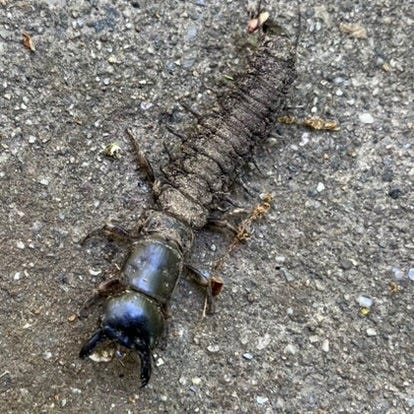
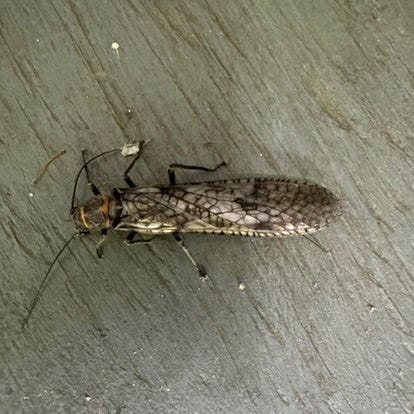
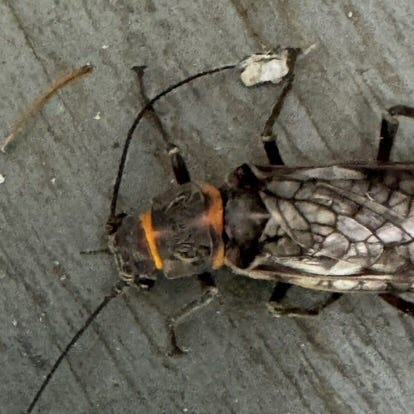

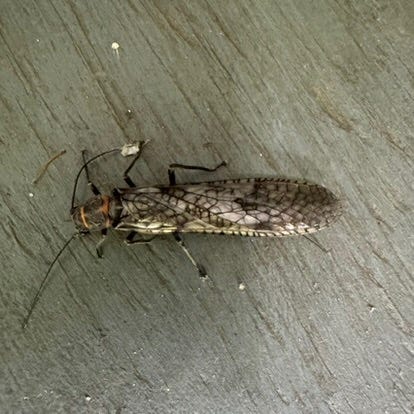
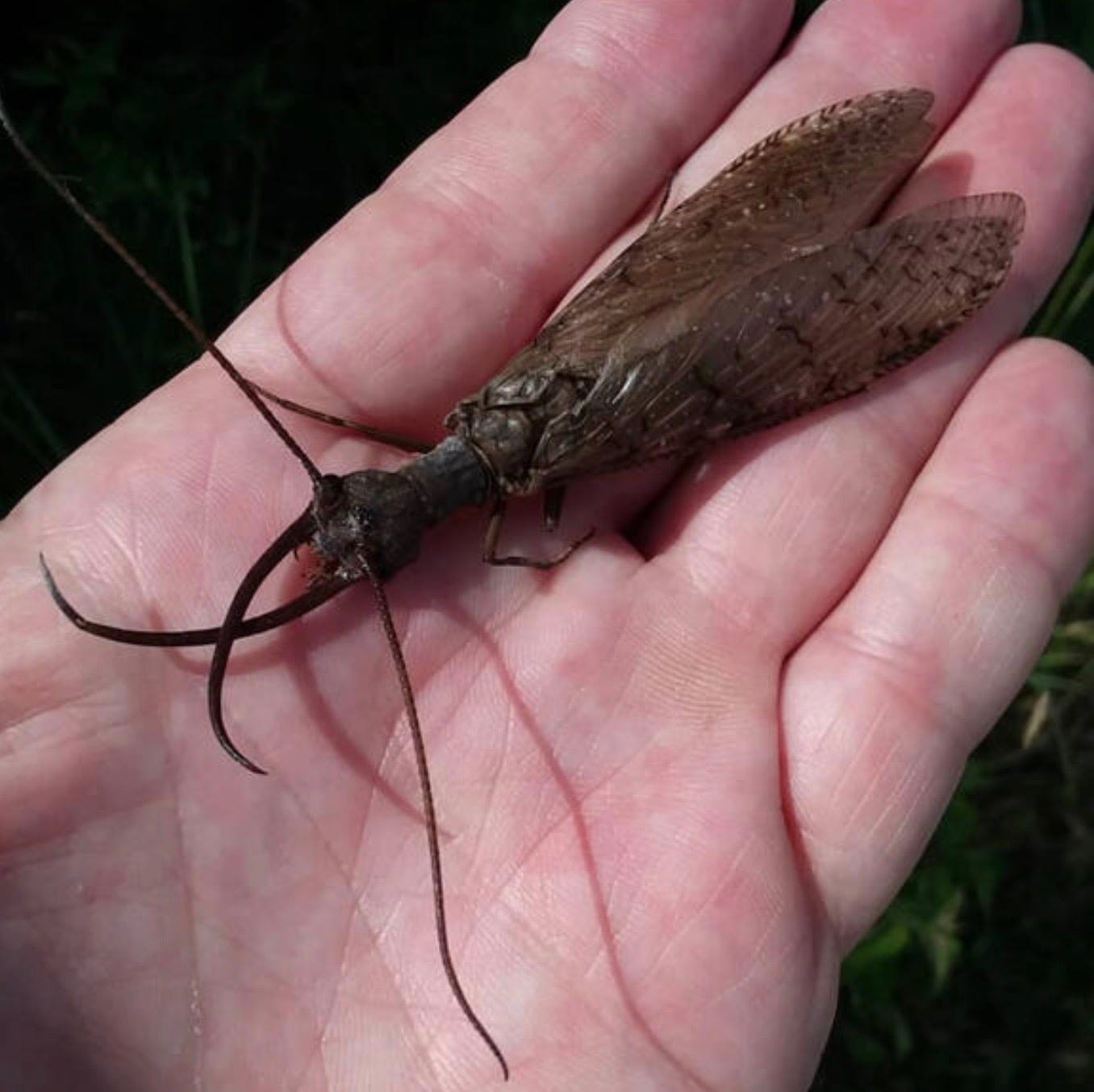

I have read this reflective piece twice now, slowly and sometimes aloud, to take in the richness of the Earthmonk's teachings and the questions he poses, with respect to transformation and the crossing over of thresholds.